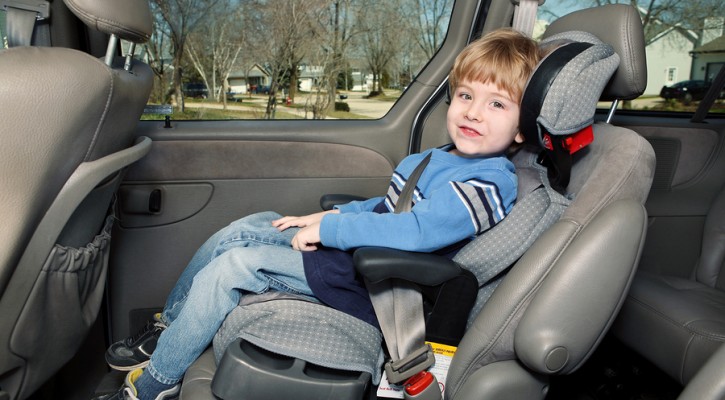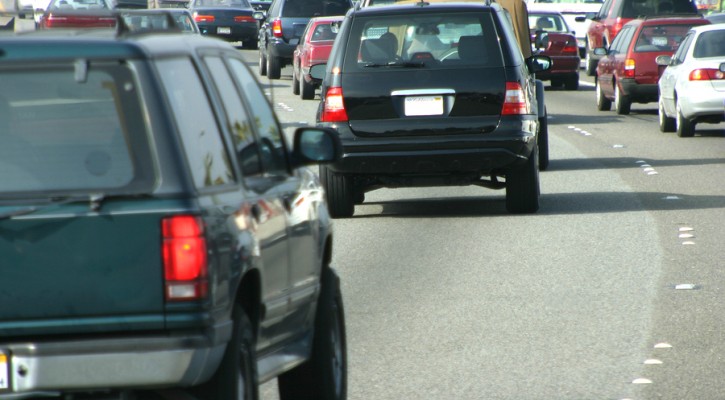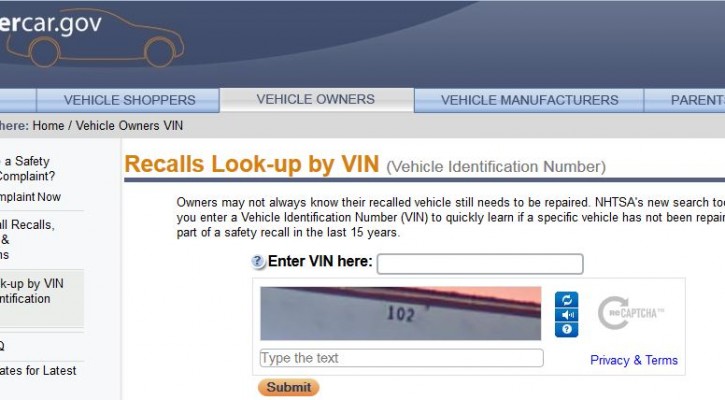
Child Passenger Safety Week Sept. 14-20
September 15, 2014
This is National Child Passenger Safety Week and it’s a good time to remind parents or those who care for children, about the proper way to care for a child while driving. When it comes to child safety seats, one size doesn’t fit all and it’s important to understand how to choose and install the proper child seat according to your child’s age.
According to a survey by the National Highway Transportation Safety Administration (NHTSA), these are the most common mistakes made by parents when installing and using child safety seats and booster seats:
- Wrong harness slot used – The harness straps used to hold the child in the car seat were positioned either too low or too high;
- Harness chest clip positioned over the abdomen rather than the chest or not used at all;
- Loose car seat installation – The restraint system moved more than two inches side-to-side or front to back; anything more than one inch is too much.
- Loose harness – More than two inches of total slack between the child and the harness strap; there should be no slack.
- Seat belt placement was wrong – Lap belt resting over the stomach and/or shoulder belt on the child’s neck or face.
Both NHTSA and SafeKids recommend the following steps listed on the Safe Kids downloadable checklist:
- Right Seat. Check the label on your car seat to make sure it’s appropriate for your child’s age, weight and height.
- Right Place. Kids are VIPs, just ask them. We know all VIPs ride in the back seat, so keep all children in the back seat until they are 13. Doing this, along with correctly using the appropriate child restraints, greatly reduces the risk of injury.
- Right Direction. You want to keep your child in a rear-facing car seat for as long as possible. When he or she outgrows the seat, move your child to a forward-facing car seat. Make sure to attach the top tether after you tighten and lock the seat belt or lower anchors.
- Inch Test. Once your car seat is installed, give it a good shake at the base. Can you move it more than an inch side to side or front to back? A properly installed seat will not move more than an inch.
- Pinch Test. Make sure the harness is tightly buckled and coming from the correct slots (check manual). Now, with the chest clip placed at armpit level, pinch the strap at your child’s shoulder. If you are unable to pinch any excess webbing, you’re good to go.
Many parents don’t realize that child safety seats have an expiration date. The plastic and synthetic materials used to make the seat’s body and straps can break down over time when exposed to the high heat and sunshine in a parked car. It’s not a good idea to use a hand-me-down car seat for younger children.
There are several good websites that provide information on the proper selection, installation and care of child safety seats. For information about:
- Advice on child safety in and around cars, visit the Insurance Institute for Highway Safety (IIHS): http://www.iihs.org/iihs/brochures/keeping-children-safe
- IIHS ratings on booster seats, visit: http://www.iihs.org/iihs/ratings/child-boosters
- Where to find a car safety seat inspection station near you, visit: http://www.seatcheck.org/
- Child safety seat laws in your state: http://www.iihs.org/iihs/topics/laws/safetybeltuse?topicName=child-safety

Interactive Map Shows Biking And Jogging Routes Near You
September 15, 2014
A new, interactive map allows anyone in the country to see the most popular biking and jogging routes in their area. The map was created by Strava, an app that allows bikers and joggers to track their routes and analyze their performance. The map can also alert drivers to areas where they might expect heavier than normal concentrations of bikers and joggers. Read more: This interactive map shows the most popular running and cycling routes in your city
Photo: Strava

Ask The Traffic School Instructor: Signal For Lane Change
September 9, 2014
Question: Is it common to get pulled over for changing lanes without a turn signal?
Answer: It’s hard to tell if law enforcement officers routinely stop motorists for failing to signal for a lane change. In looking at the Florida Highway Patrol (FHP) Uniform Traffic Citation Statistics for 2013, there’s no specific mention in the statistics of failure to signal for a lane change. However, there are statistics on citations issued for improper lane change. In 2013, there were 51,898 citations for improper lane change reported to the FHP. Those 51,898 citations only make up two percent of the total of all citations issued for moving offenses.
Even if we were to add the 185,192 citations issued for careless driving and the 28,965 citations issued for improper turns, that would only make up eleven percent of the total number of tickets given. So, apparently, it’s not a common occurrence. That being said, Florida law does require motorists to signal for a lane change when they are changing lanes.
There used to be some confusion about the law because, when it was originally passed, the law referred to changing direction from a direct course. Some law enforcement officers interpreted that to mean a signal was required when making a left or right turn but not necessarily when changing lanes. I actually heard a police officer tell a class that turn signals weren’t required when changing lanes. In 2009, the Florida State Legislature cleared up that confusion by adding the wording “or move left or right upon a highway.”
One of the biggest driving pet peeves I hear from drivers in my classes is the failure of other drivers to use a turn signal. No matter how the law is written, it’s just good common sense to always signal your intentions whenever you change directions; whether you’re making a 90 degree turn or moving from one lane to another. Communication between motorists is critical to driving safety and it takes such little effort to hit that turn signal switch.
If you want to check out the law yourself, read: Chapter 316.155 When signal required

Has Your Vehicle Been Recalled?
September 9, 2014
Late last month, the National Highway Transportation Safety Commission (NHTSA) announced the launching of a new, free web site that allows vehicle owners to determine if their personal vehicle has been recalled for manufacturer defects. The website allows vehicle owners to look up any outstanding or incomplete recalls by entering their vehicle’s Vehicle Identification Number (VIN). To find your vehicle’s VIN, you can look either on the driver side dashboard, just underneath the windshield or on the identification plate mounted on the driver’s side door post.
NHTSA has also developed apps for Apple devices and Android devices that could come in handy to find out if that used car you’re thinking about buying has any outstanding recall issues. Read more: U.S. Department of Transportation Unveils New, Free, Online Search Tool for Recalls Using Vehicle Identification Number

Drowsy While Driving? Take A Coffee Nap
September 5, 2014
In past articles on drowsy driving, we’ve advised taking a coffee nap although, to be truthful, we didn’t know, at the time, that they were called coffee naps. Just exactly what is a coffee nap? It’s drinking a cup of coffee (or other caffeinated beverage) and then taking a short nap before the effects of the caffeine kick in. Now, scientists have done the research and found that a coffee nap is better than just drinking coffee or just taking a nap alone.
In comparison studies, the data shows that those who took a coffee nap performed better on memory tests and driving simulators than those who just took naps or just drank coffee alone. They were also able to remain alert for longer periods. Just to make sure it wasn’t just a mind thing, some subjects were given a decaf coffee “placebo” and those “control subjects” failed to perform as well on tests as those who drank the full strength coffee.
To understand the science behind this and to learn how to take the best kind of coffee nap, read more: Scientists agree: Coffee naps are better than coffee or naps alone
